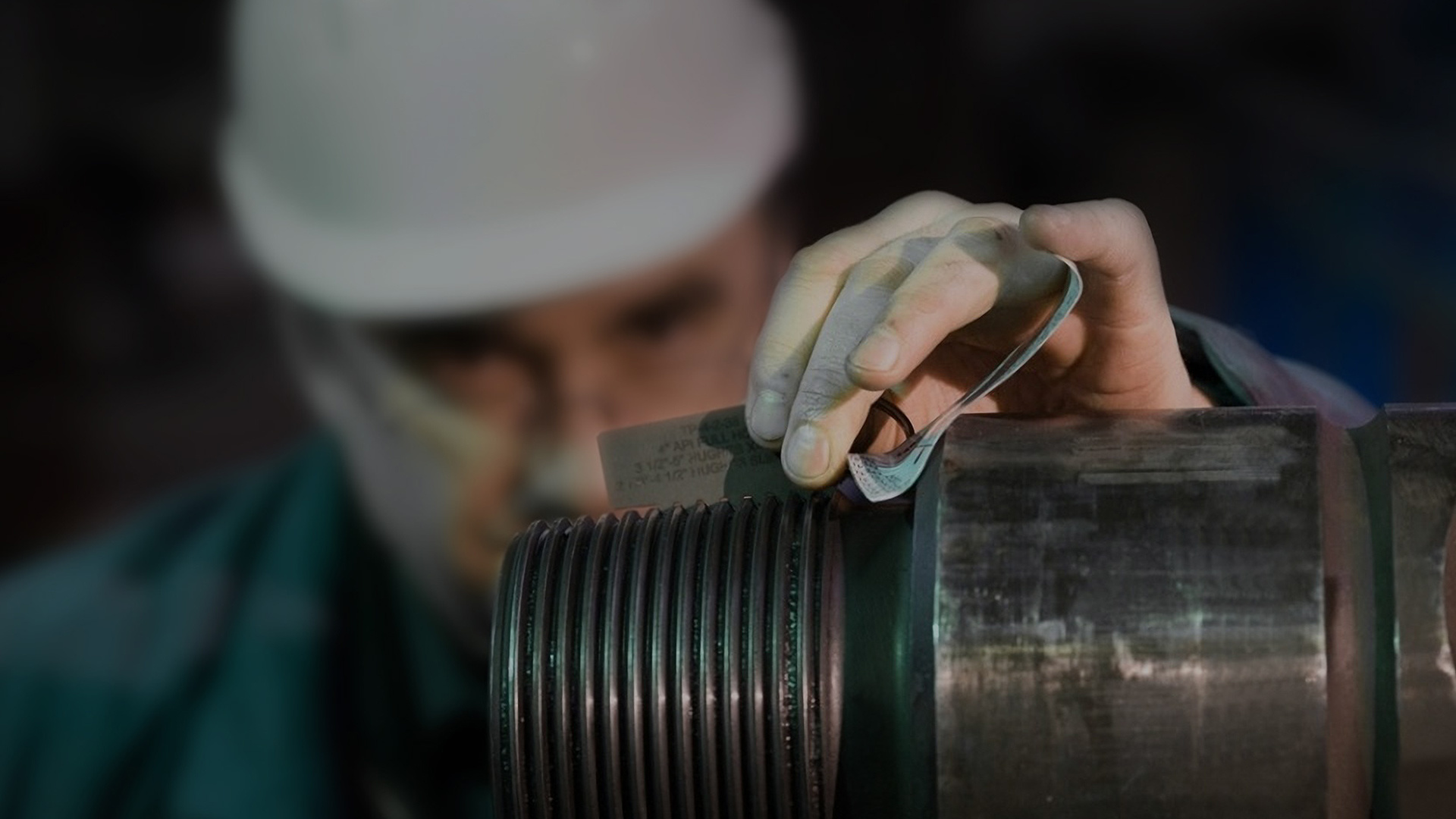Deliver value through cost-effective steel solutions
Understanding the Manufacturing Process of Galvanized Steel Coils: A Comprehensive Guide
Jun 10,2025
Understanding the Manufacturing Process of Galvanized Steel Coils Galvanized steel coils are an essential component in various construction and decorative applications due to their corrosion resistance and durability. The manufacturing process of these coils is intricate and involves several critical steps. In this article, we will explore the entire manufacturing process, advantages, applications

Understanding the Manufacturing Process of Galvanized Steel Coils
Galvanized steel coils are an essential component in various construction and decorative applications due to their corrosion resistance and durability. The manufacturing process of these coils is intricate and involves several critical steps. In this article, we will explore the entire manufacturing process, advantages, applications, and frequently asked questions regarding galvanized steel coils.
Table of Contents
- What is Galvanized Steel Coil?
- Importance of Galvanization in Steel Manufacturing
- Raw Materials Used in Manufacturing Galvanized Steel Coils
- The Manufacturing Process of Galvanized Steel Coils
- Step 1: Pickling
- Step 2: Galvanizing
- Step 3: Annealing
- Step 4: Coiling
- Step 5: Inspection and Packaging
- Benefits of Galvanized Steel Coils
- Applications of Galvanized Steel Coils
- FAQs about Galvanized Steel Coils
- Conclusion
What is Galvanized Steel Coil?
Galvanized steel coils are steel sheets coated with a layer of zinc to enhance their corrosion resistance. This process helps to protect the steel from rust and other environmental factors that can lead to deterioration. The galvanized coating provides a protective layer that extends the lifespan of the steel, making it an ideal choice for various applications, particularly in construction and manufacturing.
Importance of Galvanization in Steel Manufacturing
Galvanization plays a crucial role in increasing the durability of steel products. The process not only adds a protective layer but also improves the appearance of the steel, making it more appealing for decorative uses. By preventing rust, galvanized steel reduces maintenance costs and extends the service life of structures and products made from steel. This is particularly important in industries that require materials to withstand harsh environmental conditions.
Raw Materials Used in Manufacturing Galvanized Steel Coils
The production of galvanized steel coils primarily involves the use of high-quality steel, specifically hot-rolled or cold-rolled steel. The following materials are required in the manufacturing process:
- **Steel Sheets**: The base material for galvanized steel coils, available in various thicknesses and grades.
- **Zinc**: The primary coating material that provides corrosion resistance.
- **Pickling Agents**: Chemicals used in the pickling process to clean the steel surface.
The careful selection and quality of these raw materials are essential for producing high-quality galvanized steel coils.
The Manufacturing Process of Galvanized Steel Coils
The manufacturing of galvanized steel coils involves several key steps, each contributing to the final product's quality and performance.
Step 1: Pickling
The first step in the manufacturing process is pickling, where the steel sheets are cleaned to remove any rust, scale, or impurities. This is achieved by immersing the steel in a solution of hydrochloric acid or sulfuric acid. Pickling is critical, as it ensures a clean surface for optimal zinc adhesion during the galvanizing process.
Step 2: Galvanizing
After pickling, the steel sheets undergo the galvanizing process. This involves immersing the cleaned steel in a molten bath of zinc at approximately 450°C (842°F). The zinc reacts with the steel, forming a metallurgical bond that results in a durable, corrosion-resistant coating. This method is known as hot-dip galvanizing and is the most common technique used in the industry.
Step 3: Annealing
Following galvanizing, the steel coils may undergo annealing, a heat treatment process that enhances the mechanical properties of the steel. Annealing helps to soften the steel, making it easier to work with during fabrication. This step is particularly important for applications requiring additional shaping or forming of the galvanized product.
Step 4: Coiling
Once the steel has been galvanized and, if necessary, annealed, the coils are then formed into rolls. This coiling process allows for easier handling and transportation. The final coil dimensions depend on customer specifications and industry standards.
Step 5: Inspection and Packaging
The final step in the manufacturing process involves thorough inspection and packaging. Each coil is inspected for defects, including coating thickness and surface quality, to ensure it meets industry standards. After inspection, the coils are securely packaged for shipment, ensuring they maintain their quality during transportation.
Benefits of Galvanized Steel Coils
Galvanized steel coils offer numerous advantages that make them a preferred choice in various industries:
- **Corrosion Resistance**: The zinc coating protects against rust and corrosion, extending the lifespan of the steel.
- **Durability**: Galvanized steel is robust and can withstand harsh environmental conditions, making it ideal for outdoor applications.
- **Low Maintenance**: The protective coating reduces the need for regular maintenance, saving time and costs for businesses.
- **Versatility**: Galvanized steel coils can be used in a wide range of applications, from construction to automotive manufacturing.
- **Cost-Effectiveness**: Their longevity and durability translate to lower replacement costs over time.
Applications of Galvanized Steel Coils
Galvanized steel coils are used in various applications, including:
- **Construction**: Used in roofing, siding, and structural components due to their durability and resistance to corrosion.
- **Automotive**: Employed in manufacturing vehicle bodies and components to enhance corrosion resistance.
- **Appliances**: Commonly found in the production of household appliances, ensuring longevity and reliability.
- **Fencing**: Utilized in fencing materials for residential and commercial properties due to their weather resistance.
FAQs about Galvanized Steel Coils
1. What is the thickness range of galvanized steel coils?
The thickness of galvanized steel coils typically ranges from 0.2 mm to 3.0 mm, depending on the intended application and customer specifications.
2. How long does the galvanized coating last?
The lifespan of galvanized coatings can vary based on environmental conditions but generally lasts between 40 to 70 years for outdoor applications.
3. Can galvanized steel be painted?
Yes, galvanized steel can be painted, but proper surface preparation is essential to ensure adhesion and longevity of the paint.
4. What are the environmental impacts of galvanizing?
While galvanizing is a relatively environmentally friendly process, proper waste management is crucial to minimize the environmental impact of the chemicals used during pickling and galvanizing.
5. How do I choose the right galvanized steel coil for my project?
Selecting the right galvanized steel coil involves considering factors such as thickness, coating weight, and intended application. Consulting with a knowledgeable supplier can provide valuable insights.
Conclusion
Understanding the manufacturing process of galvanized steel coils is essential for anyone involved in construction, manufacturing, or any related industry. The steps involved in producing these coils—from pickling to packaging—play a vital role in ensuring high quality and durability. By leveraging the advantages of galvanized steel, businesses can enhance their products, reduce maintenance costs, and improve overall performance. Galvanized steel coils are an investment in quality, longevity, and reliability, making them an indispensable material in the modern construction landscape.
Releated News
Contact Info.
E-mail:
info@zthtsteel.com
Phone:
+86-18500313801
Whatsapp:
8618526720427
Fax:
+862268569909
Mailing Address:
Room 903, Block B, Haitai Xinxi Square, Hua Yuan Industrial Area,Tianjin,China. Zip code: 300384







